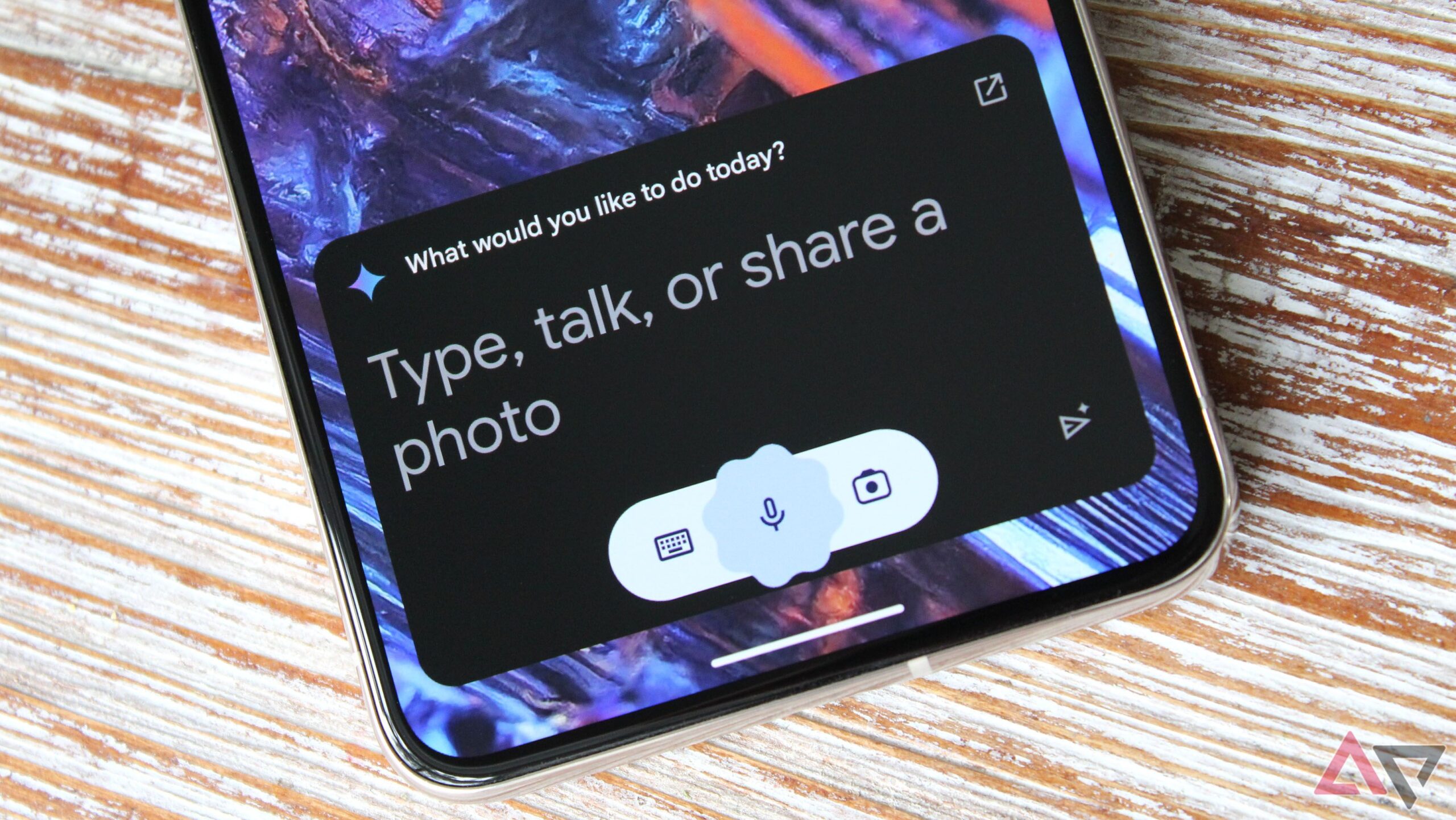Google Gemini Flash Easily Overcomes Watermarks

Google Gemini 2.0 Flash AI: Implications of Watermark Removal
Overview of Google’s Gemini 2.0 Flash
Google has released its latest AI model, Gemini 2.0 Flash, which has drawn attention for its ability to efficiently remove watermarks from images. While this tool demonstrates impressive capabilities, it raises considerable ethical concerns, particularly regarding intellectual property rights. Watermarks serve an important purpose in establishing the ownership of images and preventing copyright infringement, and the ease with which Gemini can bypass these protections has sparked significant debate.
The Functionality of Gemini 2.0 Flash
Key Features
Watermark Removal: Gemini 2.0 Flash is noted for its proficiency in stripping watermarks from images. Reports suggest that the model can even fill in areas that might show signs of removal, which is a technique reminiscent of Adobe Photoshop’s Generative Fill feature.
User-Friendly Process: Users can simply upload a watermarked image and provide a command to remove the watermark. The tool generates a revised image, albeit with its own watermark placed in the corner.
- Rapid Access: Unlike Adobe’s subscription-based model, Gemini currently operates for free, making it highly accessible to a wide range of users.
Legal and Ethical Concerns
Intellectual Property Rights
The ability to remove watermarks easily poses threats to the rights of content creators. Watermarking plays a critical role for stock media companies and individual creators by helping to confirm ownership and combat unauthorized use. Under U.S. copyright law, unauthorized removal of watermarks is considered illegal, yet Gemini’s capabilities could facilitate widespread infringement.
Ownership Issues: Watermarks are essential for distinguishing original works, and their removal can lead to confusion regarding authorship.
- Legal Ramifications: Companies creating tools that bypass watermark protections can face legal challenges if they do not implement measures to respect creators’ rights.
Misuse Potential and Limitations
While the features of Gemini 2.0 Flash are impressive, there are notable risks associated with its use. The simplicity of watermark removal encourages individuals to exploit the tool for free access to copyrighted images, potentially undermining the livelihoods of content creators.
Comparison with Other AI Models
Some rival AI models, such as OpenAI’s GPT-4o and Claude 3.7 Sonnet, take a stand against watermark removal. These platforms refuse to assist users in editing images that have identifiable watermarks, instead focusing on ethical use.
Current Status and Future Considerations
As of now, Google has classified Gemini 2.0 Flash as an experimental model, requiring users to operate it through developer tools like AI Studio. However, the lack of restrictions on watermark removal raises concerns about the potential for misuse as the technology becomes more widely available.
Accessibility of Technology: The ease of use invites widespread application, making it crucial for Google to consider instituting safeguards against unethical practices.
- Industry Response: As companies and creators express their frustration over possible misappropriation of their works, it remains to be seen how Google will address these issues.
Observations from the Community
User experiences with Gemini 2.0 Flash have yielded mixed reactions. Some tech enthusiasts have noted that, unlike Adobe’s tools, Gemini appears to redraw images rather than simply fill in removed areas, which can lead to less natural appearances in the final output. This characteristic highlights the differences between AI-generated alterations and traditional editing methods.
The implications of Google’s Gemini 2.0 Flash in the realm of copyright, ownership, and manipulation of digital imagery demand careful consideration as the technology evolves. The ongoing discussions surrounding its use and potential restrictions will be crucial in navigating the intersection of innovation and ethics in artificial intelligence.






